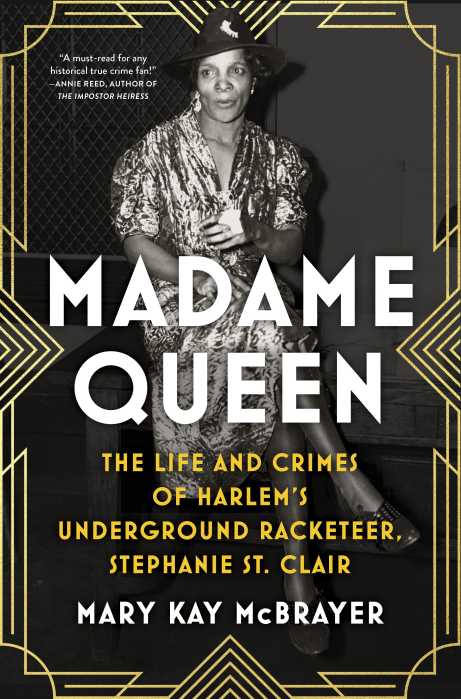Radioman Garrison Keillor teams with Robert Altman
“A Prairie Home Companion” is one of the sweetest, most cheerful films Robert Altman has ever made. Paradoxically, it’s also obsessed with death, both figuratively—in the form of a radio show’s last broadcast—and literally. It represents a clash of sensibilities, with screenwriter/star Garrison Keillor—who’s not exactly known for edginess—meeting Altman, whose work has always contained at least a tinge of misanthropy.
“A Prairie Home Companion” only dips into his reservoir of mean-spiritedness once, when it suggests that killing off a corporate radio executive would be a good idea. Even so, this is an anti-climactic afterthought that doesn’t change the narrative. As a whole, the film is both old-fashioned and thoroughly modern.
“A Prairie Home Companion” is set on the final night of the radio show after which it’s named. Host Garrison Keillor plays himself, dubbed G.K., although a poster in a theater lobby shows his full name. His guests include Yolanda (Meryl Streep) and Rhonda (Lily Tomlin) Johnson, a country duo called the Johnson Girls, and Dusty (Woody Harrelson) and Lefty (John C. Reilly), who tell mildly risqué jokes set to music. Its home station, WLT, has been sold to a Texan conglomerate, which has decided to cancel the show. The audience doesn’t know that it will soon be ending. Guy Noir (Kevin Kline) guards the backstage area, which is full of guests, including Yolanda’s daughter (Lindsay Lohan)—who writes bad emo poetry about suicide—and a mysterious angelic figure (Virginia Madsen).
Apart from a few topical references (like a joke about Viagra), “A Prairie Home Companion” could’ve been set any time in the past 30 years or so. Given the source material and Keillor’s sensibility, the nostalgic sensibility is no surprise. Altman’s contributions to the project are more offbeat. As usual, he encouraged his actors to improvise. With one exception, they all sink seamlessly into their characters. Unfortunately, Kevin Kline’s performance is rather arch and self-conscious, which may stem from Guy Noir’s conception. On the radio show, he’s voiced by Keillor as a private eye living out Raymond Chandler pastiches, but the film brings him into the “real” world, alongside Keillor and his performers.
“A Prairie Home Companion” is filled with wall-to-wall music, but it’s not exactly a musical. It includes several mostly complete performances, but it uses the radio show as background noise most of the time. The sound design is full of overlapping conversations. Yolanda and Rhonda’s patter has a rhythmic counterpoint that suggests jazz improvisation, a common Altman touchstone. In one of the film’s highlights, Keillor delivers an extended monologue on the virtues of duct tape off the top of his head as an assistant searches for his script. However, his down-home sensibility sometimes meshes awkwardly with Altman’s hipper one. A little of Keillor’s corny sense of humor goes a long way, as do the fake commercials for ketchup and biscuits.
There’s a likable and very Altmanesque sense of drift to “A Prairie Home Companion.” Many of the characters are killing time, hanging out backstage with little urgency even as the radio show approaches its final moments. The audience spends its time watching them do little. Even the songs aren’t presented as showstoppers; the film often cuts to other characters as they’re being performed. We get the feeling that we’re watching a raw slice of life, a notion enhanced by Steadicam camera movements that swoop across the sets.
Altman’s last film, “The Company,” shared the genial mood of “A Prairie Home Companion.” However, this film brings a new emphasis on mortality to the forefront. While several individuals die during the course of “A Prairie Home Companion,” the doom of an entire world—pop culture before television and the Internet—is at stake here. The film’s full of anti-corporate sentiments. The serenity with which it sounds them is remarkable. There’s far more resignation than anger in it.
Now 81, Altman used Paul Thomas Anderson as a stand-in on “A Prairie Home Companion” in case he suddenly died or became too ill to continue the film. Old age hasn’t necessarily mellowed him. “Kansas City,” made in 1997, was one of his glummest, most ill-tempered films.
With “The Company” and “A Prairie Home Companion,” he seems to have entered a new period. The notion that the audience is hanging out with his characters, rather than simply following a story, has always been present in his work, but it’s coming closer to the fore as narrative drifts away. Visually, “A Prairie Home Companion” is designed to look inviting—cinematographer Ed Lachman creates a golden glow, full of warmly seductive pools of light.
Even though much of Keillor’s plot goes nowhere, it’s always a pleasure to behold. The film seems so benevolent that its reflections on death could almost be overlooked, but it would be much weaker without them. Both featherweight and deadly serious, it’s a minor gem.
gaycitynews.com

































